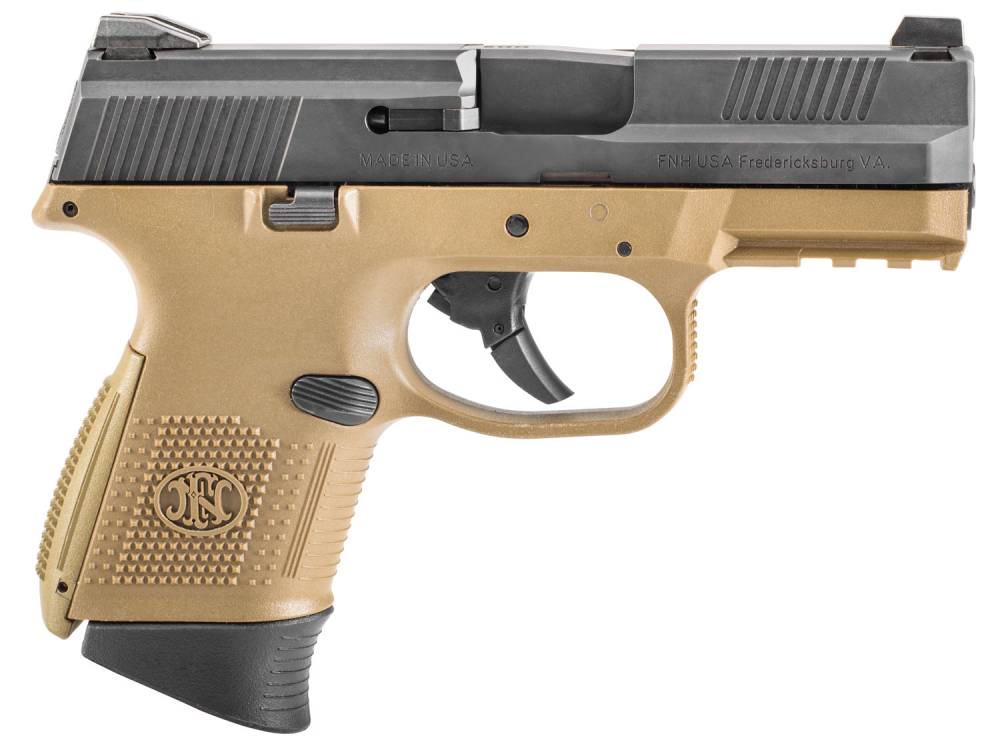

The Browning Hi-Power has undergone continuous refinement by FN since its introduction. Pistol has internal extractor.īrowning HP "Adjustable Rear Sight Model", made for Sultan of Muscat & Oman. Ultimately, France decided not to adopt the pistol, instead selecting the conceptually similar Modèle 1935 pistol.īrowning HP "Adjustable Rear Sight Model", made for Finnish air force in 1939. It was first adopted by Belgium for military service in 1935 as the Browning P-35. By 1934, the Hi-Power design was complete and ready to be produced. This version featured the removable barrel bushing and take down sequence of the Colt 1911.īy 1931, the Hi-Power design incorporated a shortened 13-round magazine, a curved rear grip strap, and a barrel bushing that was integral to the slide assembly. In 1928, when the patents for the Colt Model 1911 had expired, Dieudonné Saive integrated many of the Colt's previously patented features into the Grand Rendement design, in the Saive-Browning Model of 1928.
#Fn 9mm double action bda trial
The design was refined through several trials held by the Versailles Trial Commission. This model was striker-fired, and featured a double-column magazine that held 16 rounds. The locked breech design was selected for further development and testing. Both prototypes utilized the new staggered magazine design (by designer Dieudonné Saive) to increase capacity without unduly increasing the pistol's grip size or magazine length. One was a simple blowback design, while the other was operated with a locked-breech recoil system. Browning built two different prototypes for the project in Utah and filed the patent for this pistol in the United States on Jand granted on February 22, 1927. Army automatic pistol to Colt's Patent Firearms, and was therefore forced to design an entirely new pistol while working around the M1911 patents. Browning had previously sold the rights to his successful M1911 U.S. It was to accomplish all of this at a weight not exceeding 1 kg (2.2 lb).įN commissioned John Browning to design a new military sidearm conforming to this specification.


The French military's requirements were that the arm should be compact, have a capacity of at least 10 rounds, a magazine disconnect device, an external hammer, a positive safety, be robust and simple to disassemble and re-assemble, and be capable of killing a man at 50 meters this last criterion was seen to demand a caliber of 9 mm or larger, a bullet mass of around 8 grams, and a muzzle velocity of 350 m/s. The Hi-Power was designed in response to a French military requirement for a new service pistol, the Grand Rendement ( French for "High Yield"), or alternatively Grande Puissance (literally "high power"). It is also known as the BAP (Browning Automatic Pistol), particularly in Irish service. It is most often called the "Hi-Power", even in Belgium. The term P-35 is also used, based on the introduction of the pistol in 1935. The pistol is often referred to as an HP (for "Hi-Power" or "High-Power" ) or as a GP (for the French term, "Grande Puissance"). The Hi-Power name alluded to the 13-round magazine capacity almost twice that of contemporary designs such as the Luger or Mauser 1910. The Hi-Power is one of the most widely used military pistols of all time, having been used by the armed forces of over 50 countries. Browning died in 1926, several years before the design was finalized. It is based on a design by American firearms inventor John Browning, and completed by Dieudonné Saive at Fabrique Nationale (FN) of Herstal, Belgium. The Browning Hi-Power is a single-action, 9 mm semi-automatic handgun.


 0 kommentar(er)
0 kommentar(er)
